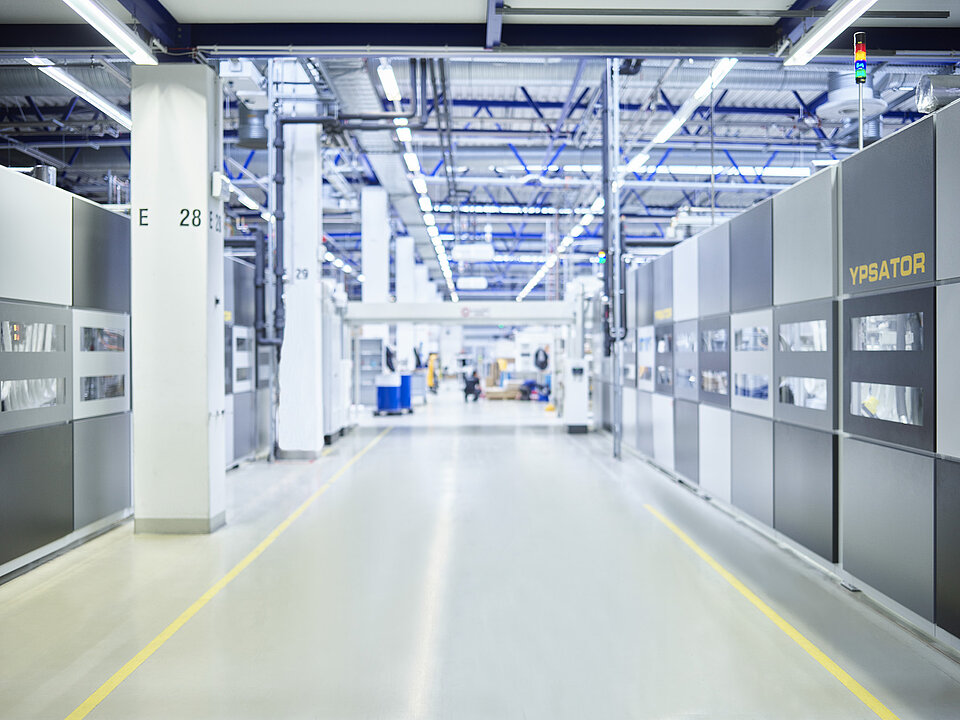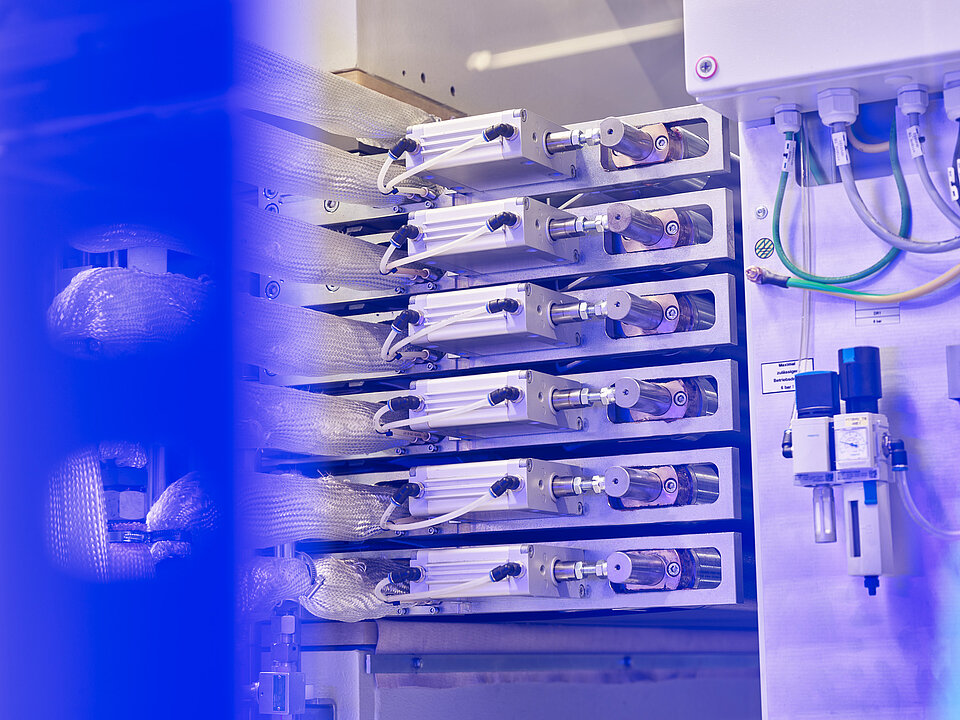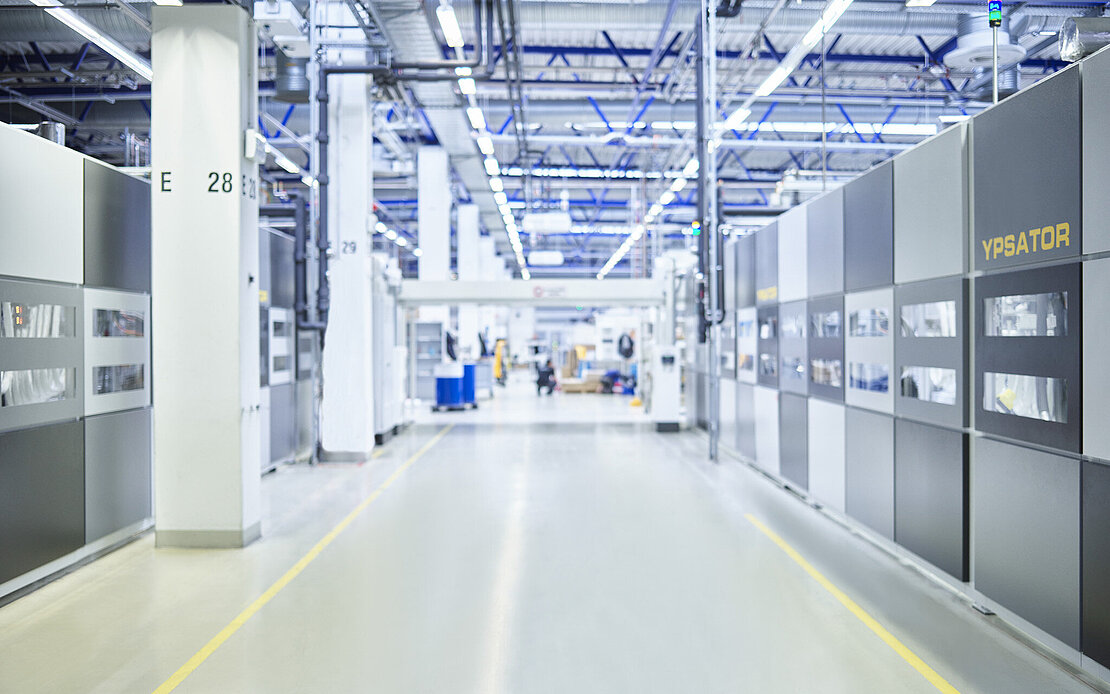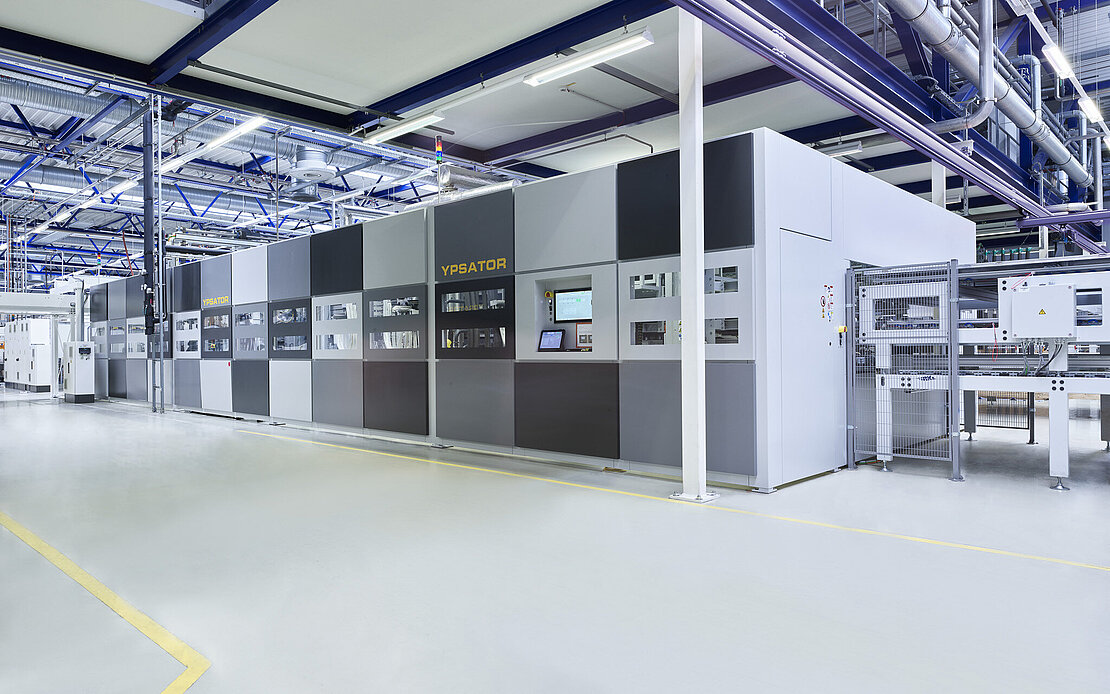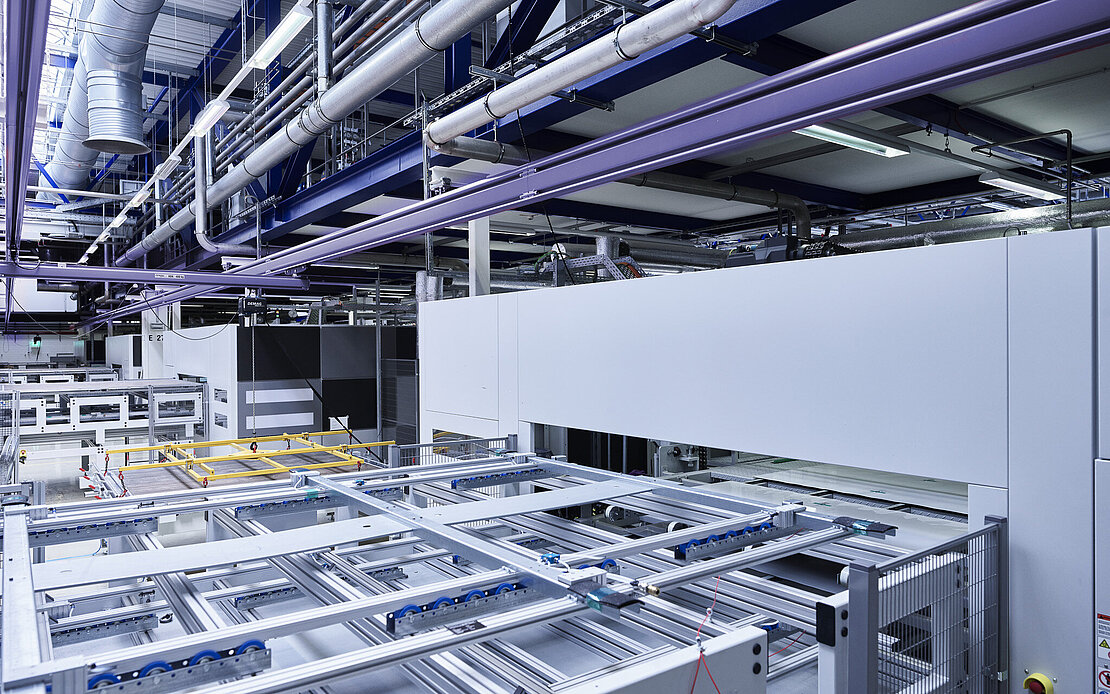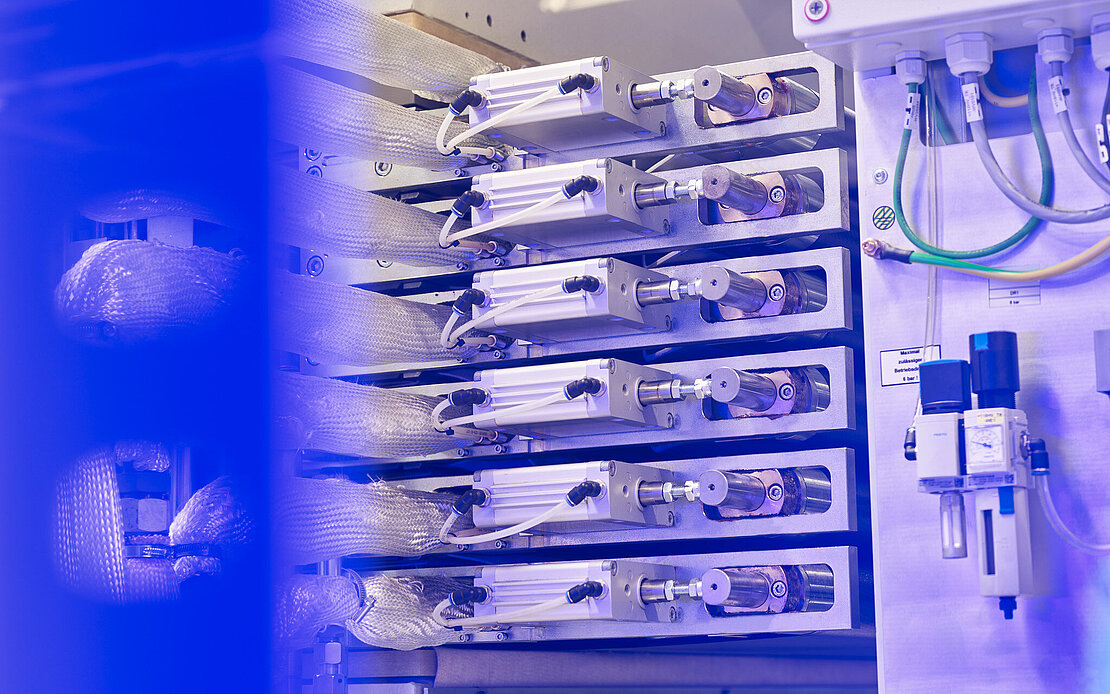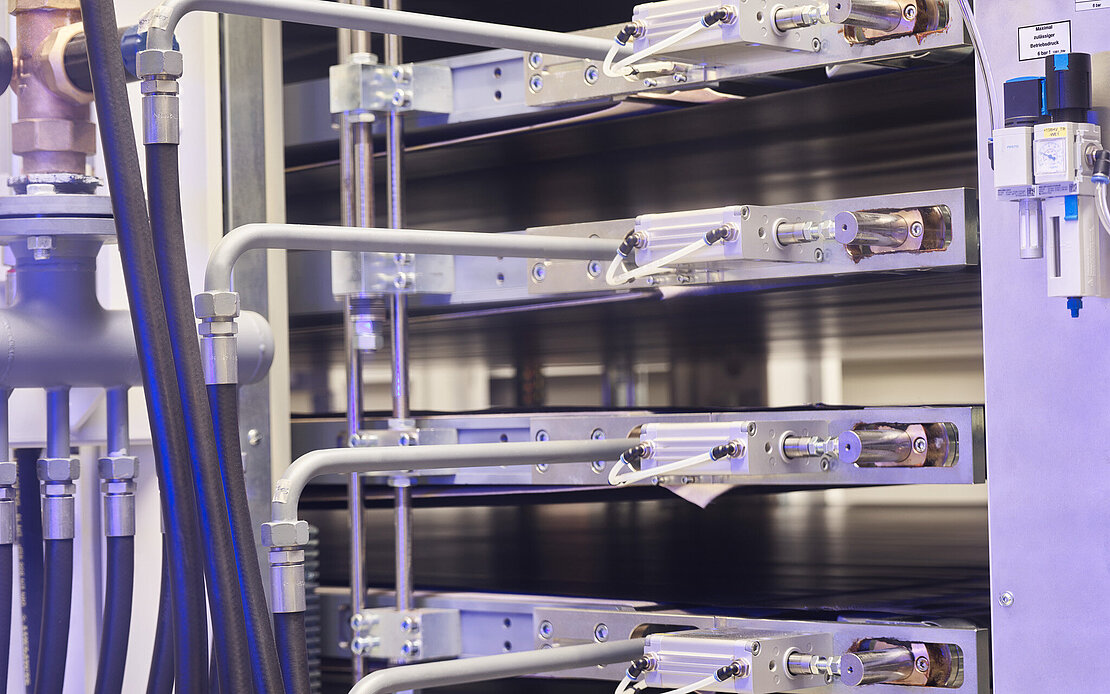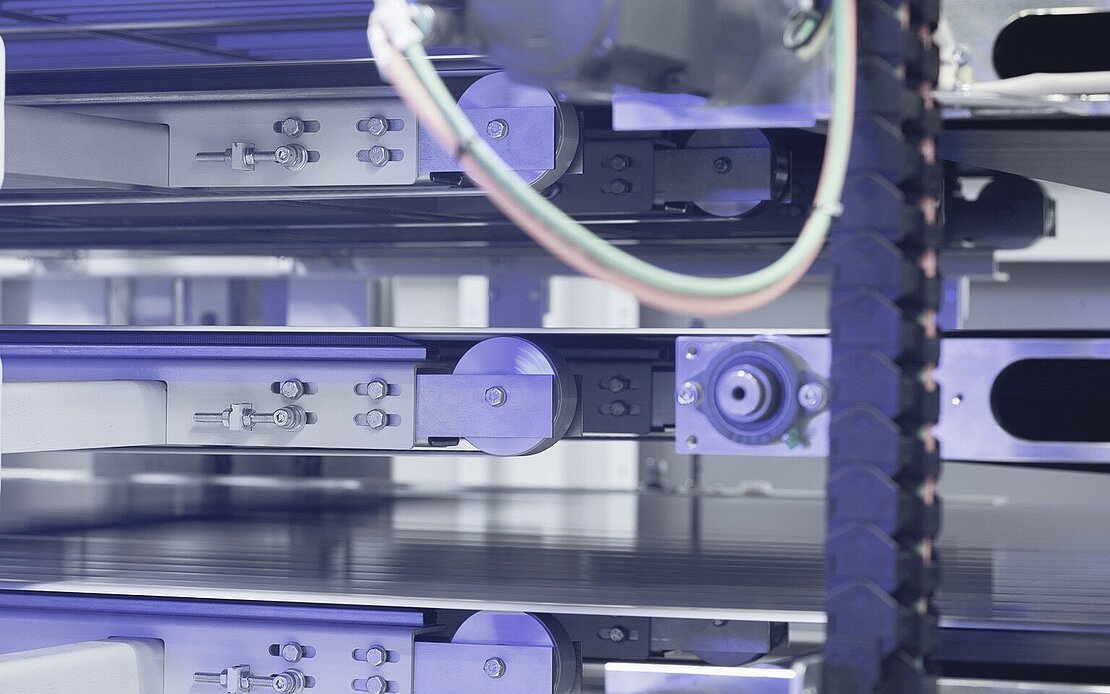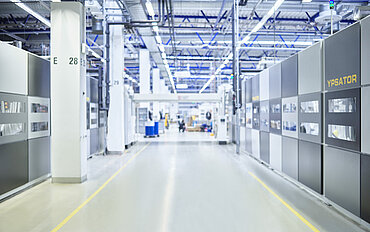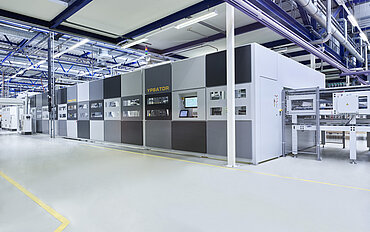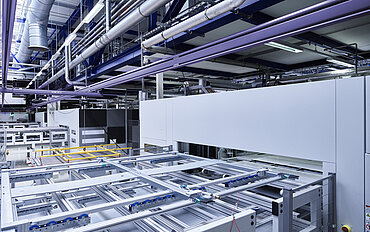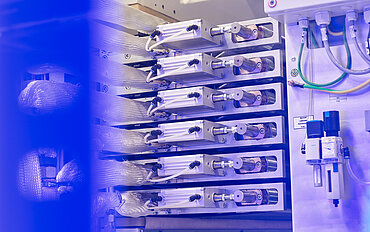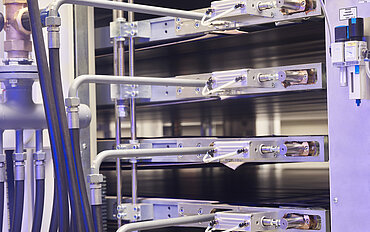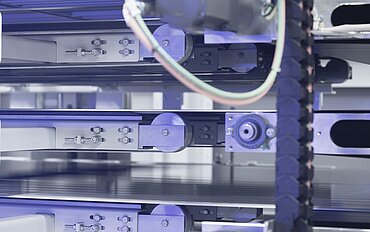At its three locations across Germany’s ‘Solar Valley’, Meyer Burger has begun manufacturing solar cells and modules at gigawatt scale, and its plans continue to grow. For the lamination of these modules, a key stage in ensuring their reliable, cost-effective performance, the company selected the ‘Ypsator’ machines manufactured by Freudenstadt, Germany based Robert Bürkle GmbH. With high throughput, high quality lamination, and energy efficiency, these machines make a significant contribution to the operation’s success.
In the early 2000s, Freiberg and the surrounding region in Eastern Germany was key to Europe’s solar industry. Many of the largest manufacturing facilities of the time for solar and energy storage products were located here. By the mid-2010s, however, installations in Europe had slowed down and enormous manufacturing operations were ramping up in China – which spelled bad news for module makers elsewhere.
Since 2020, however, the industry has again begun to change course, as many see the dangers of overreliance on a single region for supply of PV modules. Around this time Swiss company Meyer Burger, formerly a supplier of factory equipment to other PV manufacturers, pushed forward with plans to make solar cells and modules for itself, beginning at its base in Germany.
Made in Germany
Each production line for PV modules has a footprint of around 230 square meters. Meyer Burger currently has two lines at its site in Freiberg, with a third just being ramped up. Production runs around the clock, with more than 8,500 finished PV modules leaving the site each day – a figure that will rise to almost 10,000 per day once the new line is completely up and running, said Meyer Burger process engineer Julian Noll.
Since space at the site is limited, Bürkle’s multi-layered laminators are particularly interesting for the company – the Ypsator machines at the site have a total of six tiers. Daniel Klaus, who works in research and development at Bürkle, explained that this enables Meyer Burger to more than double its throughput in lamination without taking up additional floor space. And he says that adding more tiers to the machines would be possible.
The laminators have a press dimension of 2.2 by 2.4 meters, designed so that two modules per tier can be inserted and processed at the same time – depending on the dimensions. Some manufacturers have moved to larger module formats, however, Meyer Burger’s products are aimed at the rooftop market where size and weight are more limited. So, the largest module produced by Meyer Burger measures roughly 1.04 x 1.76 m.
The lamination process is divided into three steps – first air between the individual layers is removed in a vacuum press. Simultaneously, the modules are sealed and pre-laminated. The machine operates at pressures between 500 and 1,450 millibar. Inside the laminator, steel plates are heated using thermal oil, which ensures a constant temperature across the whole plate – important to ensure uniform lamination without defects. The tools also implement Bürkle’s “overpressure” technology, which creates a higher pressure inside the laminator, allowing for faster process times and reducing the chance of bubbles forming in the encapsulant. In the second stage, the module is pressed flat and heated to around 150 C, sealing the cells and other inner workings of the module inside an encapsulant material.
In the final stage, modules are again pressed and cooled to below 30 degrees Celsius. Controlled cooling helps to prevent warping and other types of damage that can affect performance and durability later on. In the Ypsator machine, each process step takes around 6.5 minutes, so the modules spend approximately 20 minutes inside the laminator from entry to exit.
At the start of each shift, the machines are checked for functionality, contamination or other possible issues. So far, Bürkle has supplied six Ypsator machines to Meyer Burger’s site in Freiberg, four of which were commissioned more than a year ago. And Bürkle reports that all the machines have operated trouble-free since then.
At the site in Freiberg, Meyer Burger produces two variants of module: single-sided glass-backsheet and bifacial glass-glass. Those with glass on both sides are considered more durable than those with a backsheet film, but the glass-glass products are also heavier. Meyer Burger provides a product warranty of 25 years for the modules with glass-- backsheet and 30 years for the glass-glass variant. In the first quarter of 2023, glass-glass modules represented about one third of total production. The Ypsator tool is able to work with either module type, though the process needs to be adapted – since the modules have different thickness. Lamination of glass-glass products is more challenging and requires a slightly longer process time to avoid difficulties such as warping, glass breakage or edge pinch.
Decision time for Bürkle
Bürkle has been a leader in the field of PV laminators for several years already. And given the current international boom in PV manufacturing, particularly in the US and Europe, this business unit currently contributes a considerable part of the company’s overall turnover. Kai P Treuner, vice president PV at Bürkle, says he expects huge demand for the machines to continue for several years at least.
The company’s goal is to design machines that contribute to the production of ever-more efficient PV modules. Toward this, it has partnered with the Fraunhofer Institute for Solar Energy Systems on various projects, including the “Gepard” project funded by the German Federal Ministry for Economic Affairs and Energy, which aimed to increase productivity in PV module manufacturing, and to reduce costs while ensuring maximum reliability. In this context, lamination has a key role to play, and Bürkle is developing these technologies with the project partners, looking to further reduce time inside the laminator and examine the effects of varying the heating and cooling cycles and the pressure.
It was through this project that Bürkle first made contact with Meyer Burger. The Swiss company operated as a supplier of production equipment, including laminators, for many years. Bürkle, however, holds patents for the multi-stack laminator technology that enables much higher throughput on the same floorspace. With the move to its own cell and module production three years ago, Meyer Burger made the decision to build equipment only for its own manufacturing operations. "Former competitors could thus become partners, because we need Bürkle's know-how to significantly increase our performance," Julian Noll summarizes.
Working together, the two devised a specification sheet defining the requirements for the laminators. And though the specific optimizations they developed remain a closely guarded secret, the partnership has been a success. “It was great to have these constructive exchanges with Bürkle technicians right from the planning phase, and they were ultimately able to optimize the Ypsator machines even further,” Julian Noll adds. “At the same time, we had the opportunity to regularly visit the technical center in Freudenstadt and examine progress and application. This form of cooperation, in combination with performance and reliability of the machines, makes for a very successful partnership.”
